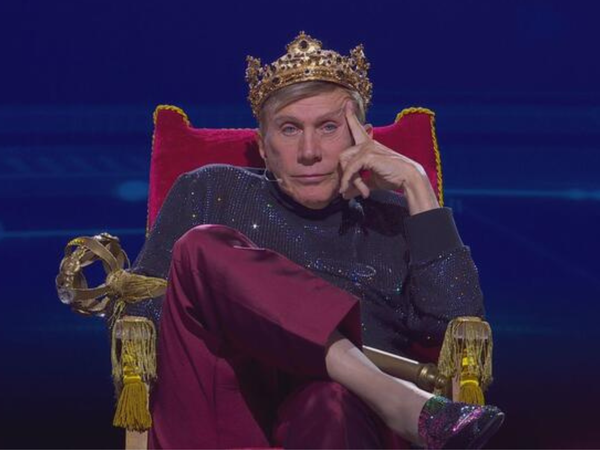
Many films have used songs as titles, but the release of a documentary dedicated to a single one – Leonard Cohen’s Hallelujah – is a rarity, raising the question of why some music takes on a life of its own. Part of the reason, in this age of endless recycling, is the number of times a track is covered, or sampled, by later artists. In a recent chart, Hallelujah took 48th place, with 112 recorded covers, from Bob Dylan to Bono. When the actor Rita Tushingham chose it as one of her castaway tracks on Radio 4’s Desert Island Discs, it wasn’t Cohen’s 1984 original that she nominated but Jeff Buckley’s version, released in 1994 – itself inspired by John Cale’s reinterpretation. Other fans will recognise the latter from the movie Shrek. At this point in its afterlife it’s quite possible to know the song without having any idea who wrote it.
Hallelujah is an anthem – a musical form that originated as a call-and-response type of liturgical music, and became a vehicle for the inspiration of congregations. Part of its power lies in its sense of reverence – of worship – even though the object of that worship is not a god at all but its own mischievous creativity in the face of the human condition.
You only have to think of My Way – another song that inspired its own biopic – to realise that the modern secular anthem is no stranger to lesser gods, in this case the solipsistic mid-20th-century idolisation of personal destiny. It became the shout-out of choice for the end of long, drunken evenings, or of people’s lives. Last year, it was the closing number at the funeral of Covid-era hero Captain Sir Tom Moore. Frank Sinatra, who popularised it, came to regard it as something trite and unsavoury that had stuck to the bottom of his shoe. Cohen also hated it, except in a cover version by Sid Vicious which he felt exploded “the certainty, the self-congratulation”.
However, the stickiness that Sinatra so detested is the key to a musical form that has often also served an agent of conscience: Nina Simone reframed Kurt Weill’s Pirate Jenny in the early 1960s as a cry for vengeance in America’s southern states. Sheryl Crow wrote one of the great anthems for peace, Redemption Day, after visiting war-torn Bosnia in 1995, and it was picked up by Johnny Cash after the outbreak of the Iraq war. Crow later released a version in which she duetted with Cash years after his death.
Whether aiming high or low, the key to an anthem is a simple and often repeated chorus, which makes it easy to remember and sing along to. It helps to have a big dollop of sentimentalism, as did Rodgers and Hammerstein’s football anthem You’ll Never Walk Alone, which made its unlikely way from the 1940s musical Carousel to the Liverpool Kop after manager Bill Shankly picked a cover version by Gerry and the Pacemakers as his eighth Desert Island Disc on the eve of the 1965 FA Cup final. It recently deposed My Way as the UK’s funeral anthem of choice. Like so many anthems, it has become part of the culture, an outlet for big communal emotions that might otherwise be inexpressible. Great anthems might not always be admirable but they are necessary.







